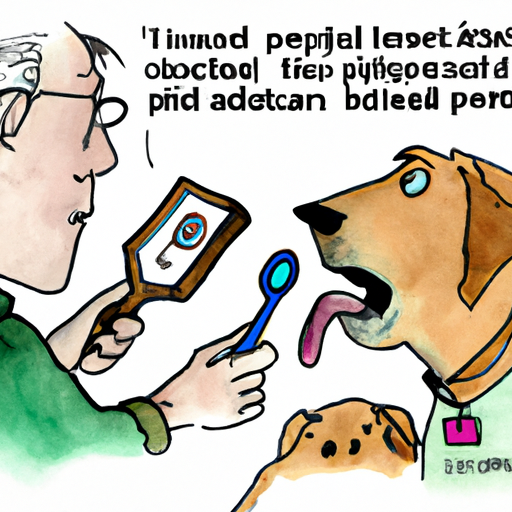1. Understanding Your Dog’s Tongue Color
You might not often think about the color of your dog’s tongue, but it can be a crucial indicator of your pet’s health. A healthy dog’s tongue should be a vibrant pink. A pale or white tongue can be a sign of various health issues. From anemia to cardiovascular problems, a pale tongue should never be ignored. As your dog’s caregiver, it’s essential to monitor changes in your pet’s health, including the color of their tongue.
2. Common Causes of a Pale Tongue
Here are some common causes of a pale tongue in dogs:
- Anemia: Anemia can result from loss of red blood cells due to internal bleeding, parasites, or certain diseases.
- Dehydration: If your dog isn’t getting enough water, their tongue might become pale.
- Cardiovascular Problems: Issues with the heart can cause poor circulation, leading to a pale tongue.
- Shock: In severe cases, shock can result in a pale or white tongue.
| Condition | Symptoms | Treatment |
|---|---|---|
| Anemia | Lack of energy, rapid breathing, loss of appetite | Depends on the cause, may include medication or surgery |
| Dehydration | Excessive panting, loss of appetite, lethargy | Provide plenty of fresh water, consider electrolyte solutions |
| Cardiovascular Problems | Difficulty breathing, coughing, loss of appetite | Medication, lifestyle changes, possibly surgery |
| Shock | Rapid heart rate, weak pulse, cold limbs | Immediate veterinary attention, IV fluids, oxygen therapy |
3. What To Do If Your Dog’s Tongue Is Pale
If you notice your dog’s tongue is pale, don’t panic. While it’s a cause for concern, it’s not always a medical emergency. The first step is to monitor your dog’s behavior. Are they showing any other signs of illness? If they seem normal otherwise, keep a close eye on them and make a veterinary appointment as soon as possible.
4. Preventing Health Problems
Prevention is always better than cure. Regular check-ups with your vet, a balanced diet, and plenty of exercise can keep your dog healthy. It’s also crucial to ensure your dog has continuous access to clean water to prevent dehydration.
5. FAQs About Your Dog’s Tongue Color
Q: How can I tell if my dog is dehydrated?
A: Look for signs like excessive panting, loss of appetite, and lethargy. Also, if you pinch your dog’s skin and it doesn’t spring back quickly, it could be a sign of dehydration.
Q: Can a dog’s tongue change color due to the cold?
A: Yes, extreme cold can cause a dog’s tongue to look paler, but it should return to its normal color once they warm up.
Q: Should I always go to the vet if my dog’s tongue is pale?
A: If you notice a significant change in your dog’s tongue color, it’s best to consult a vet. While it might not always be a medical emergency, it’s better to be safe than sorry.
Remember, your beloved pet depends on you for their well-being. So, stay observant and proactive to ensure they lead a healthy, happy life.



